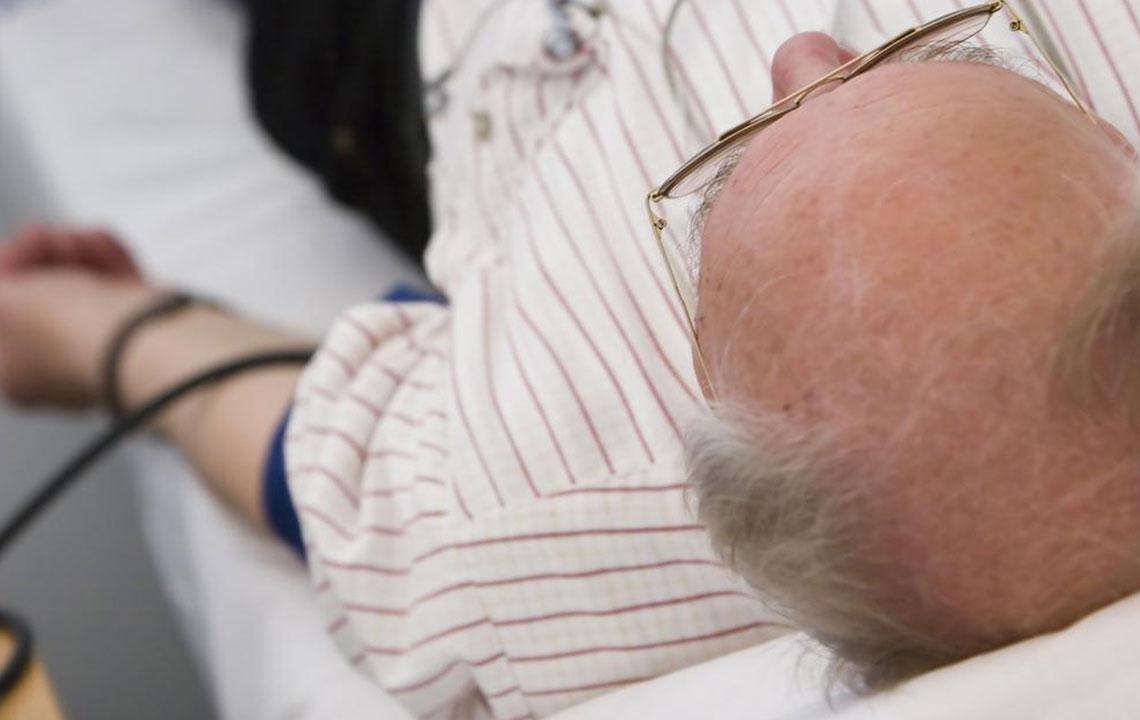Comprehensive Guide to Managing Hypotension Effectively
Learn effective, detailed strategies to manage low blood pressure, including lifestyle modifications, dietary tips, and precautions. This comprehensive guide helps prevent symptoms like dizziness and fainting, promoting better cardiovascular health and safety for those affected by hypotension.

Comprehensive Strategies for Managing Hypotension
Blood pressure is a critical indicator of cardiovascular health, reflecting the force exerted by circulating blood on the walls of arteries. When the systolic pressure drops below 90 mm Hg, it's classified as hypotension, commonly known as low blood pressure. While some individuals with low blood pressure experience no symptoms, others may encounter issues such as dizziness, fainting, fatigue, and blurred vision, which can significantly impair daily functioning and safety. Proper management of hypotension involves a combination of lifestyle adjustments, dietary modifications, and, in some cases, medical intervention to stabilize blood pressure levels and improve quality of life.
Understanding the causes and symptoms of hypotension is essential for effective management. Common causes include dehydration, certain medications, heart problems, endocrine issues, severe infections, nutritional deficiencies, or prolonged bed rest. Recognizing the signs early can help in implementing appropriate strategies promptly.
Effective management begins with lifestyle modifications aimed at increasing blood volume and ensuring better circulation. Below are comprehensive approaches supported by healthcare professionals:
Adjusting Salt Intake: Increasing salt consumption can help raise blood pressure, but this should always be done under medical supervision. Excess salt can lead to other health issues, so personalized advice is necessary.
Enhancing Hydration: Regular intake of fluids, especially non-alcoholic drinks, is vital for maintaining adequate blood volume. Dehydration is a common contributor to low blood pressure.
Physical Activity: Engaging in moderate, regular exercise promotes better circulation, strengthens the cardiovascular system, and can help stabilize blood pressure levels over time.
Sleep Positioning: Elevating the head of the bed by a few inches helps prevent blood pooling in the legs and improves morning blood pressure levels.
Limit Prolonged Standing & Heavy Lifting: Avoiding extended periods of standing and heavy lifting reduces the risk of sudden drops in blood pressure and associated symptoms.
Temperature Precautions: Taking care to avoid hot water baths or showers for extended durations, as extreme heat can cause vasodilation and reduce blood pressure further.
Besides lifestyle changes, dietary strategies such as consuming small, frequent meals and increasing intake of certain nutrients can support blood pressure regulation. Monitoring blood pressure regularly is also important for tracking progress and making necessary adjustments.
In cases where lifestyle interventions are insufficient, healthcare providers may prescribe medications or recommend other treatments. It's critically important to consult a healthcare professional for a personalized plan tailored to individual health needs.
By adopting these comprehensive strategies, individuals with hypotension can effectively manage their condition, reduce symptoms, and enhance overall health and safety. Maintaining a balanced lifestyle and adhering to medical advice is key to controlling low blood pressure and preventing potential complications.





